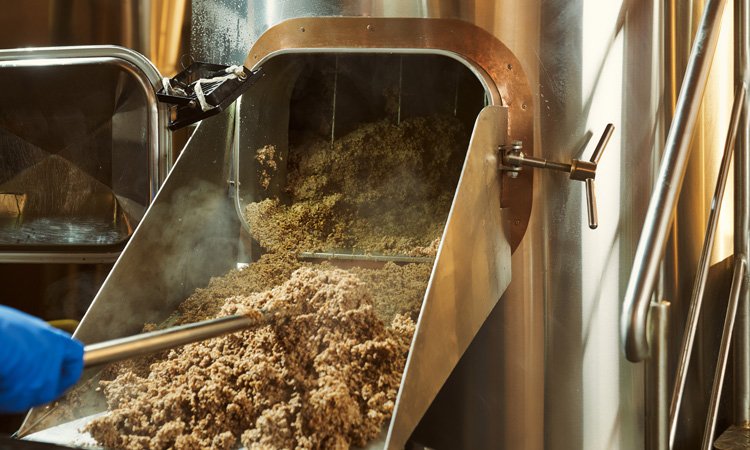Leftover grain from breweries could be converted into fuel
- Like
- Digg
- Del
- Tumblr
- VKontakte
- Buffer
- Love This
- Odnoklassniki
- Meneame
- Blogger
- Amazon
- Yahoo Mail
- Gmail
- AOL
- Newsvine
- HackerNews
- Evernote
- MySpace
- Mail.ru
- Viadeo
- Line
- Comments
- Yummly
- SMS
- Viber
- Telegram
- Subscribe
- Skype
- Facebook Messenger
- Kakao
- LiveJournal
- Yammer
- Edgar
- Fintel
- Mix
- Instapaper
- Copy Link
Posted: 27 November 2019 | Sam Mehmet (New Food) | No comments yet
Breweries in the EU are reported to throw out around 3.4 million tonnes of unspent grain every year, weighing the equivalent of 500,000 elephants.


A Queen’s University Belfast researcher has allegedly developed a low-cost technique to convert left over barley from alcohol breweries into carbon, which could be used as a renewable fuel for homes, charcoal or water filters in developing countries.
Using just 1kg of the grain, Dr Ahmed Osman from the School of Chemistry and Chemical Engineering is said to have created enough activated carbon to spread across 100 football pitches.
“There are only a few steps in our low cost and novel approach – drying the grain out and a two-stage chemical and heat treatment using phosphoric acid and then a potassium hydroxide wash, both of which are very low cost chemical solutions. This then leaves us with activated carbon and carbon nanotubes – high value materials which are very much in demand,” said Dr Osman.
“Liquid forms of carbon are normally shipped to the UK from the Middle East, and solid biocarbon, in the form of wood pellets is shipped from the US and elsewhere. Using this new technique, we can utilise more locally produced resources, reduce emissions linked with the agriculture sector, and we are also creating a high-value product.”
Across the globe there is considered to be a high demand for carbon and Dr Osman’s team aim to use what would otherwise be considered as waste, and convert it into a useful biofuel.
Dr Osman added: “The synthesis of value-added products from barley waste is a prime example of the circular economy, by taking a waste food by-product and creating a high-value product. It has benefits to the environment and society through economic and social opportunities.”
Dr Osman is hoping to explore opportunities for the commercialisation of the method in creating activated carbon and carbon nanotubes.
Related topics
Environment, Food Waste, Research & development, Sustainability









